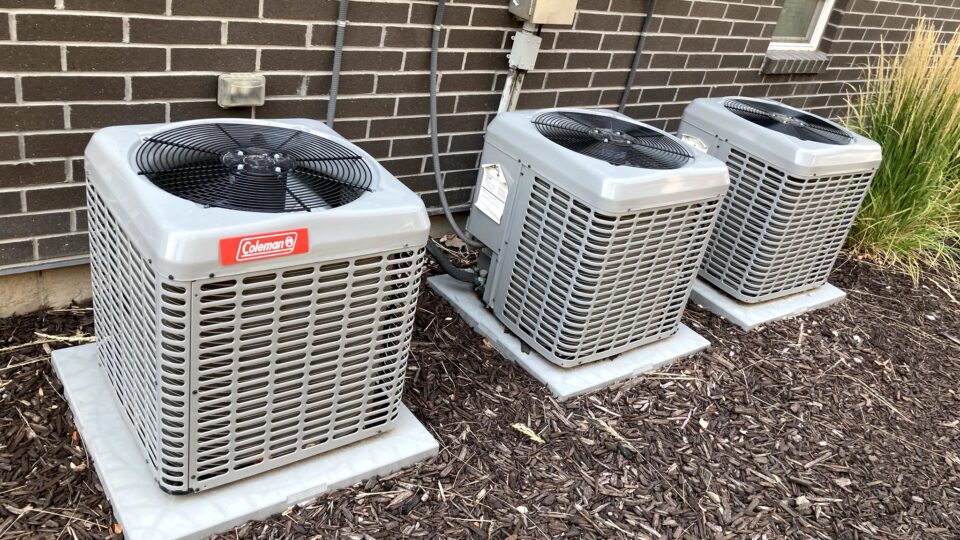This summer, extreme heatwaves struck the United States, Europe, and Africa. Thousands of people died as a result. In July, the impact of extreme heat in places ill-prepared for it was evident. In the U.K., where air conditioning is uncommon, public transportation shut down, schools and offices closed, and hospitals cancelled non-emergency procedures.
Air conditioning, which we mostly take for granted in this country, is a life-saving tool during extreme heat waves. However, only about 8% of the 2.8 billion people living in the hottest – and often poorest – parts of the world have AC in their homes.
A new study at Harvard modeled the future demand for air conditioning as the number of days with extreme heat continues to increase across the globe. The researchers identified a massive gap between current AC capacity and what will be needed by 2050 to save lives, particularly in low-income and developing countries.
If the rate of greenhouse gas emissions continues on its present course, the study concluded that that at least 70% of the population in several countries will require air conditioning by 2050. The number will be even higher in equatorial countries like India and Indonesia. At this point, even if the goals of the Paris Climate Accords are met, an average of 40-50% of the population in many of the world’s warmest countries will still require AC.
The research looked at various scenarios. One in which emissions continue to increase leads to widespread need for air conditioning even in temperate countries. In Germany, 92% of the population would need it, and here in the U.S., 96% would need it.
Planning for future power systems must take into account the essential needs of a warming world.
**********
Web Links
In a hotter world, air conditioning isn’t a luxury, it’s a lifesaver
Photo, posted July 24, 2021, courtesy of Phyxter Home Services via Flickr.
Earth Wise is a production of WAMC Northeast Public Radio.





